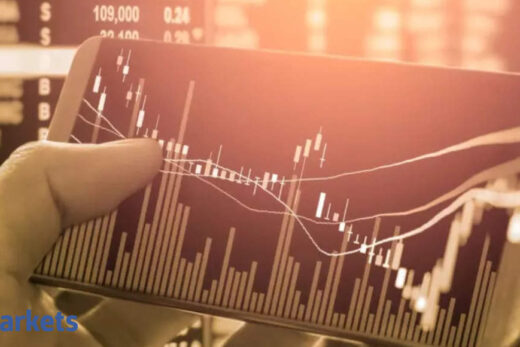That hard reality didn’t stop crude prices from rising by $14 a barrel, or 37%, since the beginning of November. That’s when trial data showed vaccines were proving extremely effective against SARS-Cov-2, followed by the rapid roll-out of the first doses in the U.K. and U.S. There’s a sense of optimism that hasn’t been felt since the world woke up early in the year to a new disease that had emerged in China.
The relief being felt in the oil market is understandable. As the virus spread, it had a devastating impact on lives and livelihoods. The only tool most governments had to slow contagion was to shut down their economies, causing an unprecedented slump in oil demand.
The world’s major oil forecasters — the International Energy Agency, the U.S. Energy Information Administration and the Organization of Petroleum Exporting Countries — slowly began to factor the virus into their outlooks, initially seeing its impact limited to China. But by April it was apparent that the disease was spreading rapidly elsewhere. Forecasts for 2020 oil demand were slashed and they haven’t recovered much in subsequent months as the chart below shows.
Oil consumption this year is now expected by all three to be about 10 million barrels a day below the volumes they were forecasting at the end of last year — enough to fuel all of Africa and Latin America.
 Bloomberg
BloombergProducers were slow to respond. Seemingly irreconcilable differences between OPEC and its allies sparked a production free-for-all after Russia refused in March to agree to deeper output cuts to help prop up oil prices. They regrouped the following month and eventually agreed to a record 9.7 million barrel a day reduction from the start of May.
Further supply cuts came from producers outside the OPEC+ group, as budgets were slashed and some operations didn’t make economic sense anymore. U.S. crude production, which had already peaked in November of last year, fell by 2.7 million barrels a day, or 21%, between March and May. Around one-third of that has been restored in subsequent months.
The sluggish response sent oil stockpiles soaring. Storage tanks filled, ships were pressed into service to hold excess volumes and spare capacity at Cushing, Oklahoma — the delivery point for the West Texas Intermediate crude contract — dwindled, briefly sending prices tumbling into negative territory for the first time ever.
By the end of October, oil stockpiles in the developed nations of the OECD were still above the peak reached during the 2016 surge that preceded the formation of OPEC+, even though they had been falling for the previous three months.
 Bloomberg
BloombergProduction discipline among the OPEC+ producers, who’ve been kept in line by Saudi Arabia, has helped create the supply deficit needed to draw down stockpiles. Although the cartel’s de facto leader hasn’t called out Russia, the group’s second-largest overproducer in volume terms, it has been prepared to ruffle feathers closer to home, singling out both Iraq and the United Arab Emirates for failing to abide by their production targets. As a result, the group’s overall compliance with its output targets has been better than anyone expected.
But there’s still a long way to go. The latest forecasts from the three agencies show global oil demand lagging the corresponding 2019 levels throughout next year, and that’s even with all the positive vaccine news. And the outlook’s getting worse, not better. OPEC’s own analysts have cut their forecast for 2021 oil demand with each new report since July, when they first began publishing quarterly numbers for next year.
 Bloomberg
BloombergThe demand recovery is patchy — both geographically and sectorally — and it’s likely to stay that way. It’s also going to be very susceptible to the ups and downs of the battle to defeat the pandemic. Tighter restrictions are once again in place in much of Europe and in some significant markets in Asia. New cases are rising again in South Korea, although the country is not yet at the point of tightening social distancing rules, while a fresh wave of infections is causing challenges for Japan’s fragile recovery.
Different recovery speeds for different products are creating their own challenges for the refining sector. While diesel demand is picking up, as online shopping boosts the need for delivery trucks, jet fuel consumption is still being hammered, with commercial flights stuck at about 60% of comparable levels last year. Those disparities are unlikely to change any time soon, with many people likely to remain wary of flying for months to come.
The approval of effective vaccines mark the beginning of a post-pandemic world. But we’d be foolish to think that just because we can see a finish line, it means we’ve actually reached it. There’s still a long way to go and the next few months will be tricky, both for people’s health and wellbeing and for economies around the world and my patch of the woods, the oil sector.



